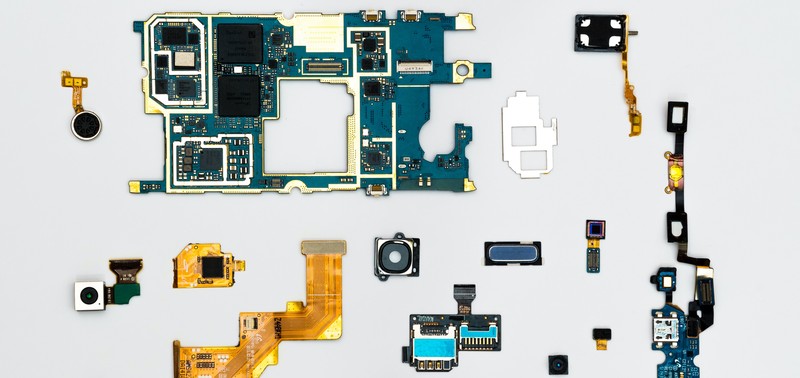Tech companies are making their phones and computers a lil’ bit easier to fix, but consumer advocates want lawmakers to push them further.
What happened: Apple and Microsoft are making their products easier for users to repair, but they still have a long way to go—at least if you ask the US Public Interest Research Group (US PIRG). The group puts together a yearly scorecard that grades companies on things ranging from the availability of spare parts to the difficulty of disassembling a device.
- Apple upgraded to a D from an F after making its iPhones 67% easier to repair, while Microsoft stayed in the D grade range but did edge closer to a C in laptop repairs.
Big Tech has been fighting back, arguing that user repairs could compromise device security and expose trade secrets. Apple, Samsung, and Google are part of a lobby group that fought a proposed right-to-repair law in California, which was nixed by the Senate last year.
Lawmakers do seem to be getting serious about “right-to-repair” laws. New York became the first US state to pass such a law in December and European lawmakers have been working on a right-to-repair law that could take effect next year—if it isn’t delayed again.
- Canadian lawmakers are also considering a law that would grant an exemption to copyright restrictions that stop Canadians from being able to fix their own devices.
Why it matters: While reports by advocacy groups should be taken with a grain of salt, it’s no secret that things aren’t made quite like they once were. Whereas many old-school, analog appliances could be repaired using widely available tools and parts, today’s digital devices are next to impossible for the average person to fix (and some can’t be fixed at all).
